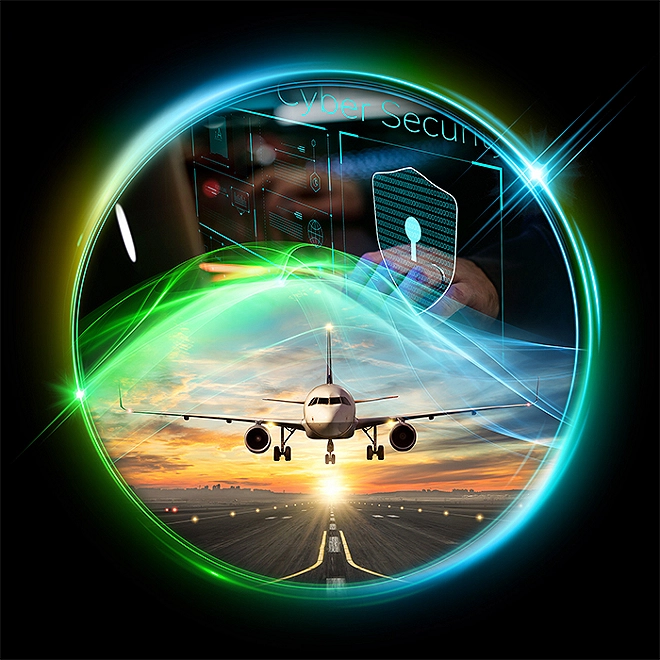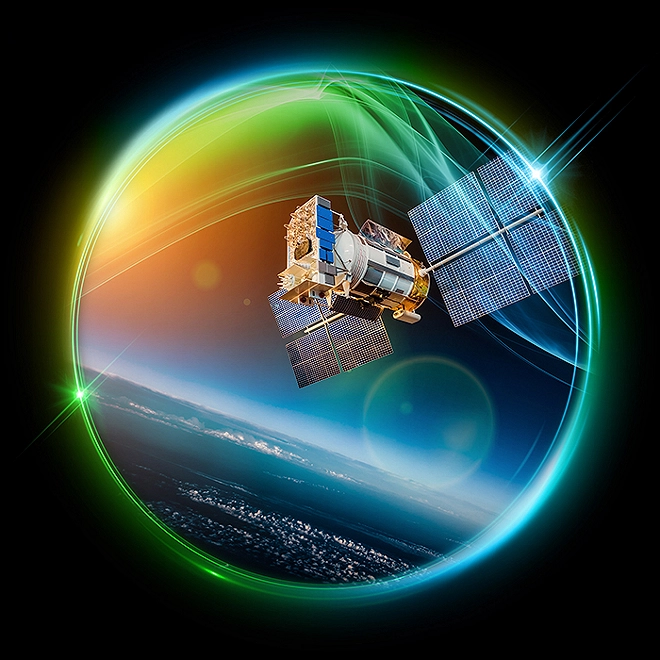Decarbonizing air transport: taking a holistic approach
The air transport industry has been ahead of the decarbonization curve for several years, committing to halve its CO2 emissions by 2050, in line with the Paris Agreement, and even achieve carbon-neutrality for intra-European flights.1 But with air transport accounting for 2.1% of all human CO2 emissions globally and 12% of CO2 emissions from all transport sources,2 achieving these goals can be a monumental effort. A holistic approach across the entirety of the air transport value chain and ecosystem will likely be needed.
Innovating solutions
To help achieve decarbonization targets, there will likely need to be structural evolution on both aircraft and propulsion technology. Some of the key levers in reducing greenhouse gas (GHG) emissions include:
- Fleet renewal. Current aircraft technology (e.g., A320Ceo, B737NG, A330) is now being replaced (e.g., A320Neo, B737MAX, A350, B787), leveraging advanced alloys (e.g., titanium), aluminum-lithium composite structures, optimized design (e.g., winglet retrofitting on aircrafts, which has eliminated 80 million tons of CO2 since 2000),3 and higher efficiency engines (e.g., Leap)—delivering fuel savings of up to 15% to 20%.4
- Sustainable aviation fuels (SAFs). Whether bio-sourced (i.e., produced from plants such as camelina, jatropha, babassu, or palm oil) or obtained by combining green hydrogen with CO2 from CCS (Fischer Tropsch process), SAFs can be a promising option as they do not require aircraft design evolution and are compatible with current engines. Depending on feedstock, CO2 emission reductions can amount to between 50% to 98%.5 However, SAF consumption is still modest, with only around 100 million liters used in 20216—just 0.1% of global jet fuel consumption.7 SAF cost is historically two to four times as much as jet fuel, but recent steep increases in oil and gas prices have significantly reduced the gap.8
- Hydrogen-powered aircrafts. Expected to arrive in the next decade, these aircrafts have no CO2 emissions and are expected to have a superior performance in terms of NOx emissions and contrails effect generation, only yielding higher H2O vapor emissions (2.5 times versus combustion engines). In a preliminary phase, auxiliary systems are expected to be electrified due to fuel cells replacing auxiliary power units (AUP), (e.g., cabin and systems electric power, water and pressurized air management, anti-ice, electrical wheel drive, etc.). Airbus has already proposed three concepts of hydrogen-propelled aircraft.9
Optimizing operations
The optimization of airlines’ operations and maintenance could also have a significant impact on aircraft CO2 emissions. Some of these actions could include:
- Better flight planning and “eco-piloting” measures. This could mean that cancelled flights may be less disruptive, quick return flights on technical alerts could be avoided (including fuel tanks emptying), and improved routes (flightpath and altitude accuracy, landing configurations). SESAR (EU) or NextGen (US) traffic management systems recast programs can help enable these transformations.
- In-flight weight reduction. This is an important lever as interior designs (seats, equipment, galleys) are being continuously improved. Airlines are also deploying policies to help adapt on-board paper (digitization of flight documentation and magazines) and water prescriptions to load factors and flights durations.10
- Efficient ground operations. This could include single engine taxiing and use of electric (e.g., Taxibot) or hydrogen-powered ground vehicles as well as APU/GPU usage substitution by fixed electrical ground power or fuel cells.
- Improved maintenance, repair, and operations (MRO). MRO can now be enabled by AI and big data allowing for better overhaul operations planning and therefore, smarter engine performance restoration. Furthermore, some maintenance operations—such as sharkskin coatings that can enhance aerodynamics—can also help improve fuel consumption.11
Decarbonizing the value chain
Aircraft production and maintenance operations value chains emitted approximately 40 megatons of CO2 in 2021.12 Even if modest in comparison with flight emissions (about 4% to 5% of the total), some decarbonization avenues can be activated, such as:
- Aircraft manufacturer and MRO player efficiency. These players are working on reducing emissions through engine testing carbon efficiency (including SAF integration), extended manufacturing and maintenance process electrification, power auto-production (deploying proprietary solar panels in industrial facilities), buildings and process energy efficiency, and better control of fugitive F-gases emissions from HVAC systems.
- End-to-end construction and maintenance review. Starting at the design phase and looking at the whole lifecycle can help identify decarbonization possibilities in the aircraft value chain. The integration of sustainable parts and components as well as the modernization of “replacement versus repair/refurbishment” policies in maintenance operations can be key. Holistic trade-offs in purchasing can also be important to get the best from value chains (e.g., locally or remotely sourced bio hydraulic fluids). Fully digital management of operations and supply chains (e.g., leveraging digital twins) is also likely expected to help enable value chain greening.
Taking a holistic approach
Moving forward on these efforts and initiatives in a compartmentalized fashion or by limiting them to specific players or value chain stages may only end up in failure. In fact, achieving the decarbonization ambitions of the airline industry will likely need to reach beyond aircraft operations and production. Substantial results will likely require well-coordinated ecosystems that involve not only aircraft manufacturers, airlines, MRO players, and airports but also power and gas utilities, public authorities, or even ground mobility operators.
This communication contains general information only, and none of Deloitte Touche Tohmatsu Limited (“DTTL”), its global network of member firms or their related entities (collectively, the “Deloitte organization”) is, by means of this communication, rendering professional advice or services. Before making any decision or taking any action that may affect your finances or your business, you should consult a qualified professional adviser.
Deloitte refers to one or more of Deloitte Touche Tohmatsu Limited (“DTTL”), its global network of member firms, and their related entities. DTTL (also referred to as “Deloitte Global”) and each of its member firms are legally separate and independent entities. DTTL does not provide services to clients. Please see www.deloitte.com/about to learn more.
©2023. For information, contact Deloitte Global.
Our thinking
Paris Air Show 2023
Deloitte is excited to be at the 54th Paris Air Show which will take place in Paris, France at Le Bourget Parc des Expositions. As one of the largest aviation and space events in the world, the show will bring together major industrial players across the global aerospace and defense sector.



